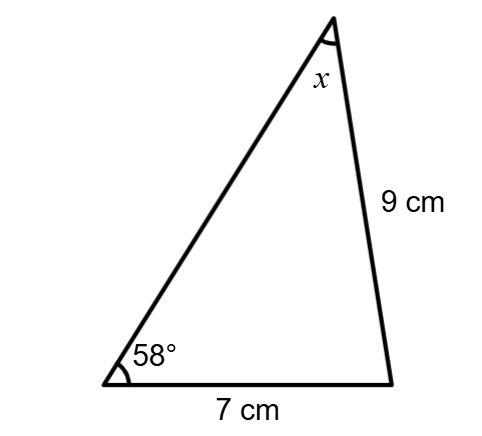maths gsce
1/14
Earn XP
Description and Tags
Name | Mastery | Learn | Test | Matching | Spaced |
|---|
No study sessions yet.
15 Terms
how to find the size of an exterior angle
360/n (number of sides the shape has)
how to find out the size of an interior angle
(n-2)× 180/n (number of sides)
determine the fraction that a number within a ratio represents.
Divide each part of the ratio by the total sum of the parts. (add all the ratios together to make the bottom part of the fraction then put the bit your trying to work out on top)
how to expand and simplify
an algebraic expression by multiplying out brackets and combining like terms.
how to raise an algebraic term to a positive integer power.
Multiply the term by itself the specified number of times. Raise each factor in the bracket to the power of the one on the top e.g (3y²)^4 = 3^4y^{2 imes 4} = 81y^8
how to find the interquartile range
Subtract the first quartile (Q1) from the third quartile (Q3). This measures the spread of the middle 50% of the data.
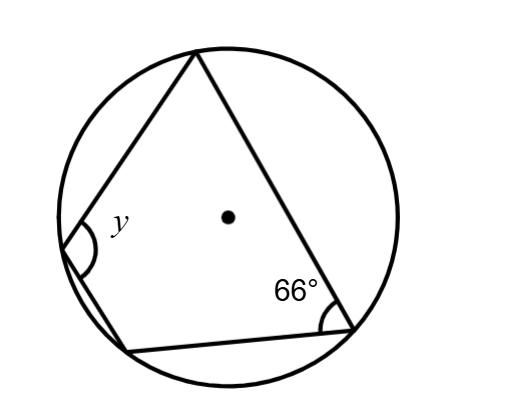
opposite angles
opposite angles add up to 180
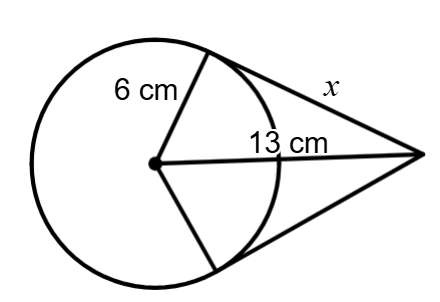
how to find the x
Identify the circle theorem.
The angle between the tangent and radius at the point of contact is 90, Use Pythagoras' theorem to find x e.g a² + b² = c² x² = 13² - 6² = 133 square root 133 then that is your answer x = 11.5
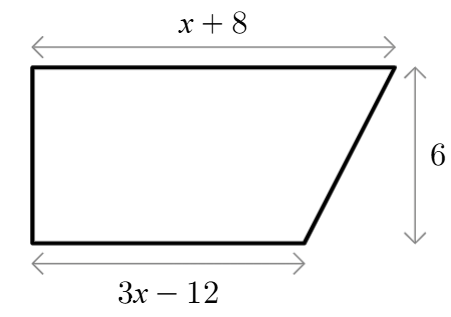
Form and solve a linear equation for the area of a trapezium.
e.g: ➀ Write down the formula for the area of a trapezium.
Area=12×height×(base+top)
➁ Substitute into the formula to create an expression for the area. Simplify the expression.
Area=1/2×6×(3x−12+x+8)=
3×(3x−12+x+8)=
3×(4x−4)=
12x−12
➂ Set the simplified expression equal to 84 to create a linear equation.
12x−12=84
➃ Solve the equation to find the value of x.
12x-12 = 84
(+12) 12x = 96
(divided by 12) x = 8
how to solve quadratic equations
Method 1: by completing the square.
x2−6=0x2=6x=±6x=6 or −6
Putting this into a calculator, we find that to 2 decimal places,
x=2.45 or −2.45
Method 2: using the quadratic formula.
Using a=1, b=0 and c=−6
x=±√4×1×6/2×1
Putting this into a calculator, we find that to 2 decimal places,x=2.45 or -2.45
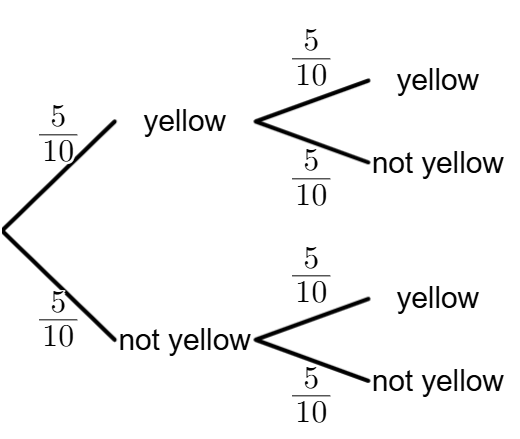
how to deal with a single chain of outcomes involving successive independent events, using a tree diagram.
times what the probabilities of each branch together to find the total probability of the outcomes. e.g 5/10 × 5/10 = ¼ = 0.25
how to find lower and upper bound
